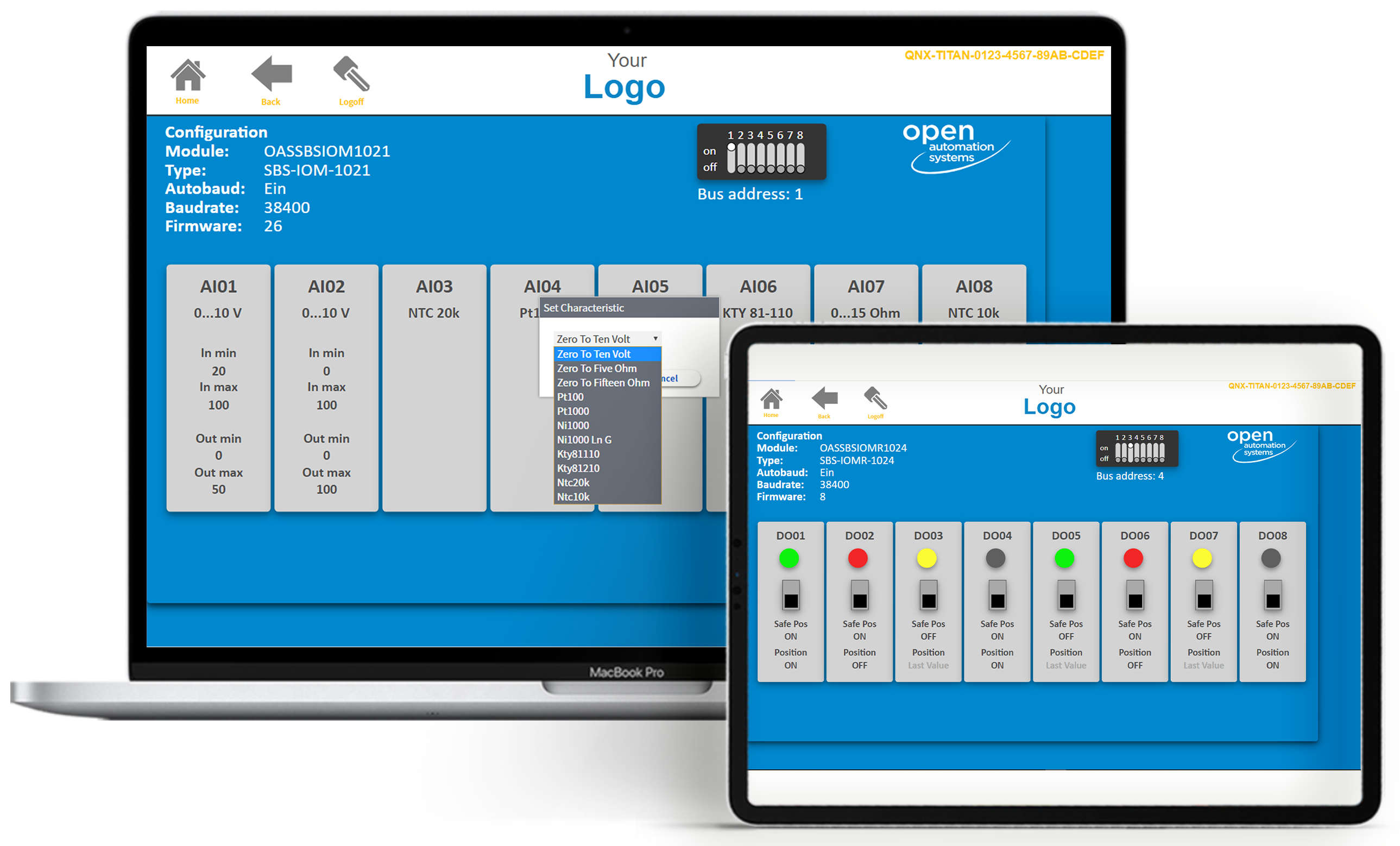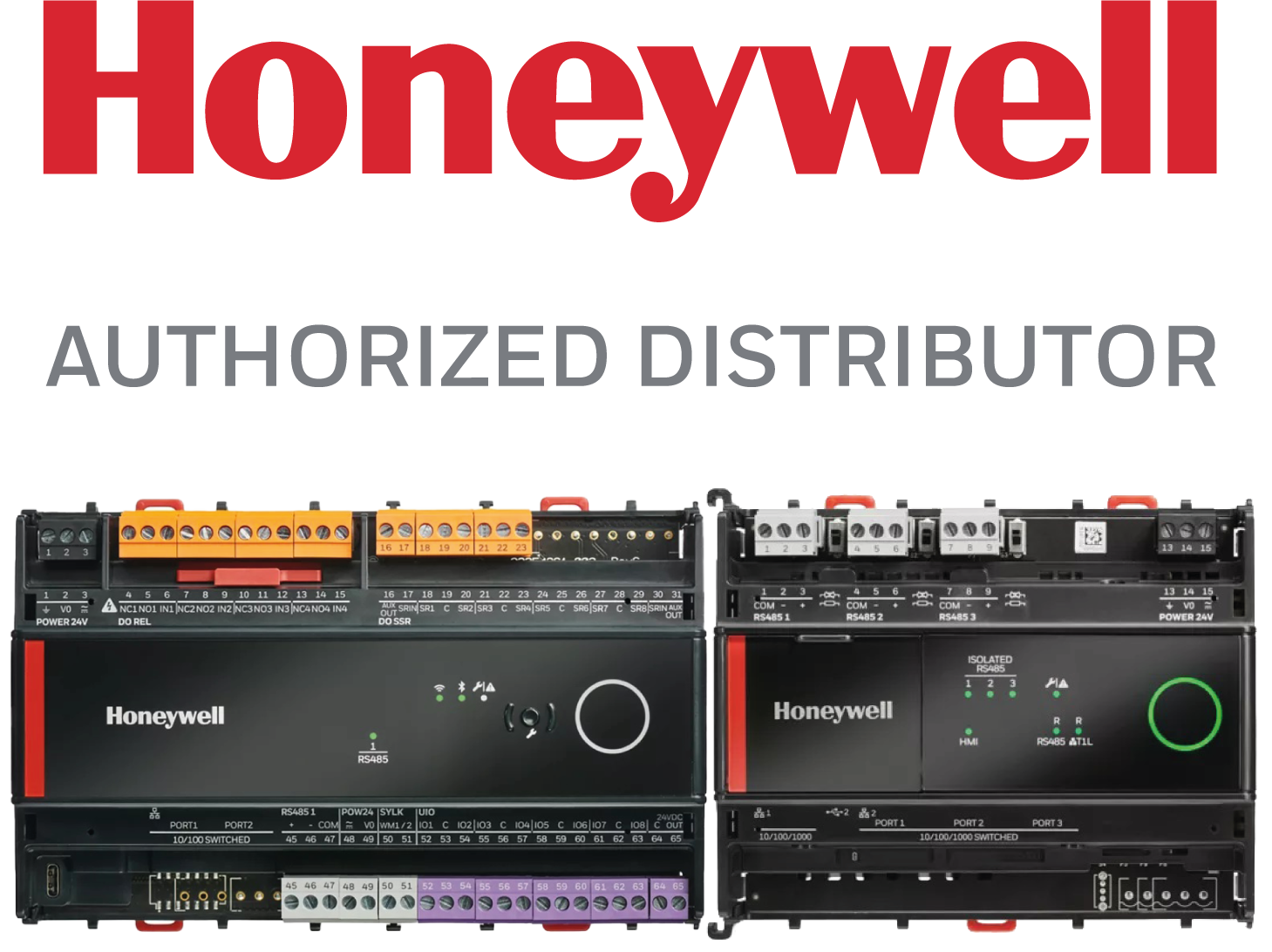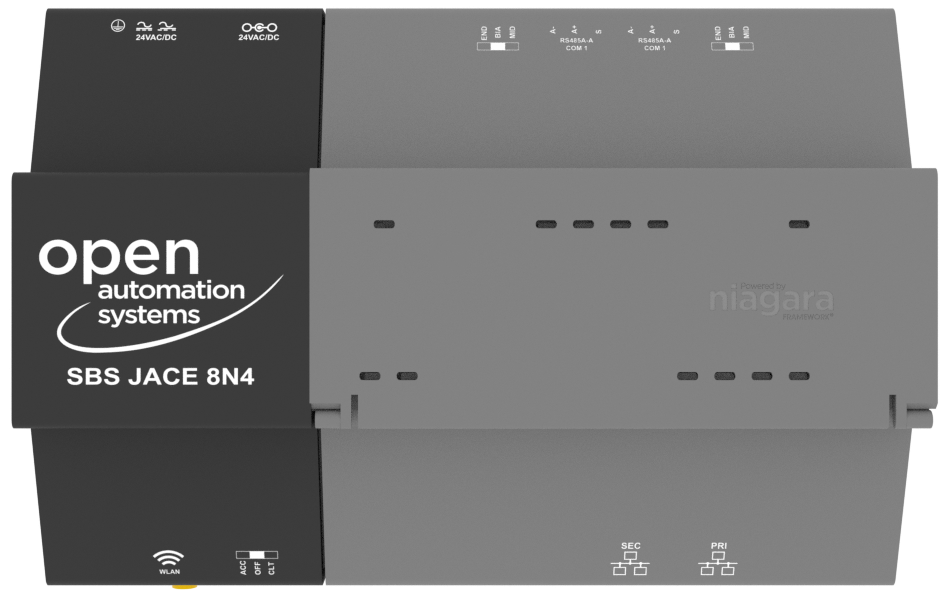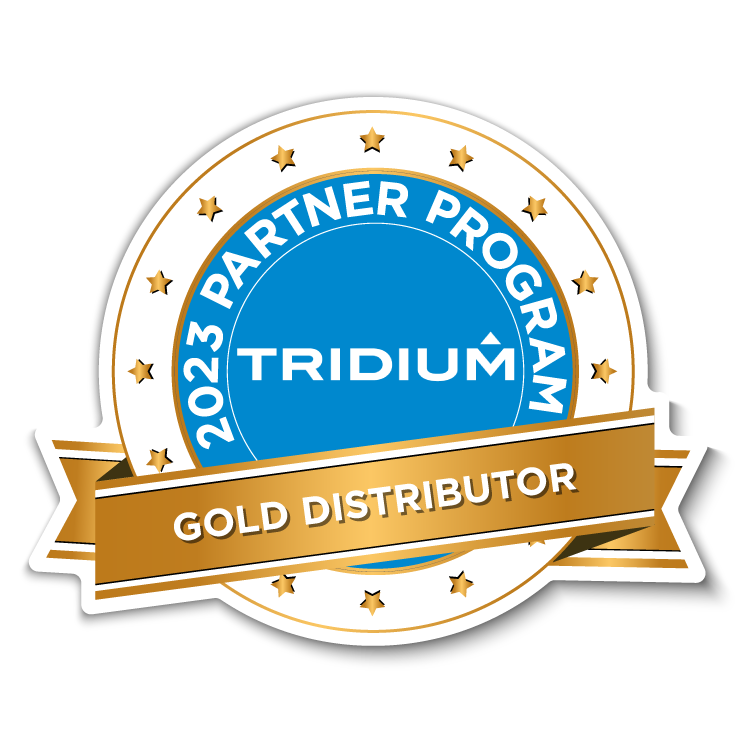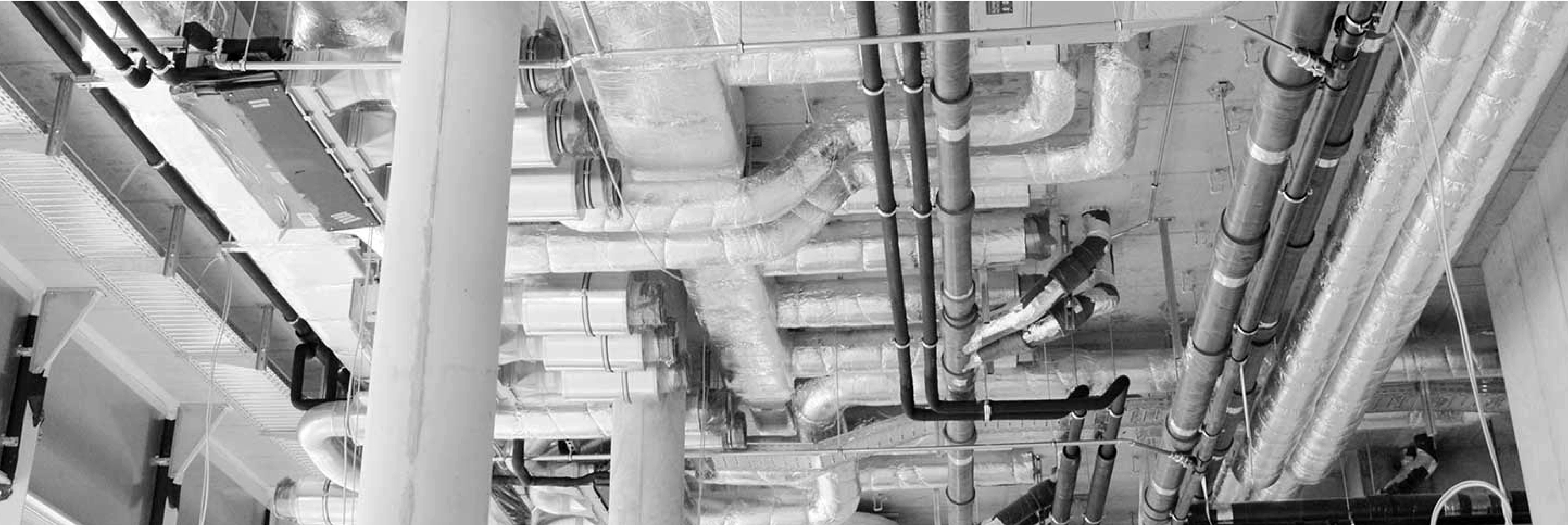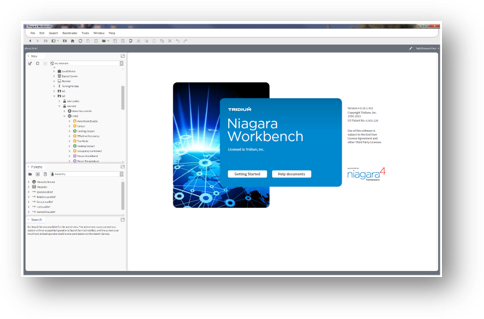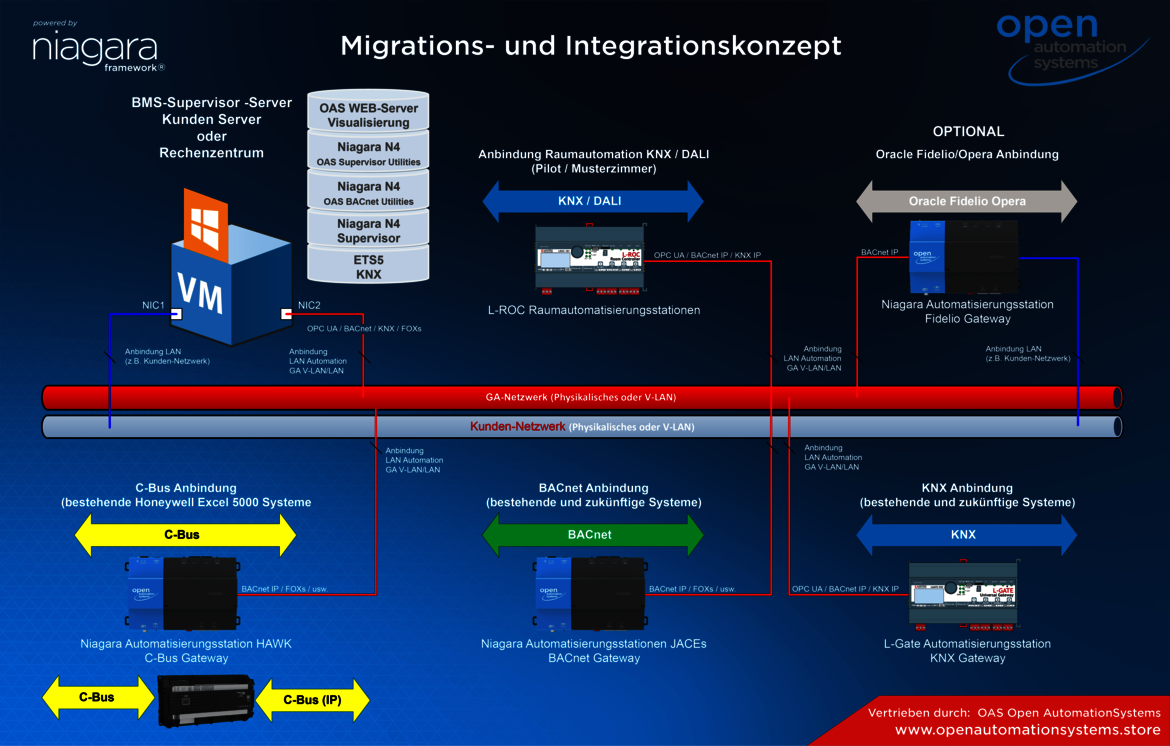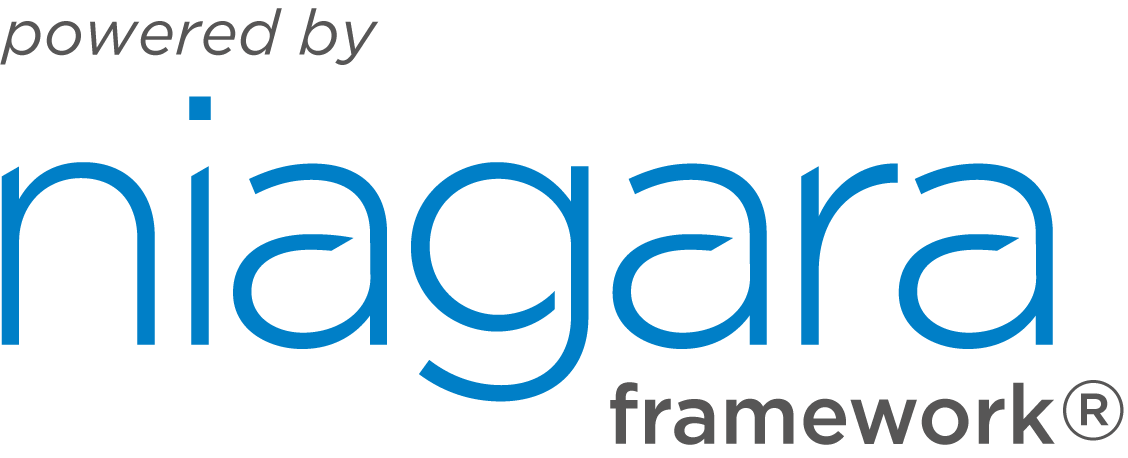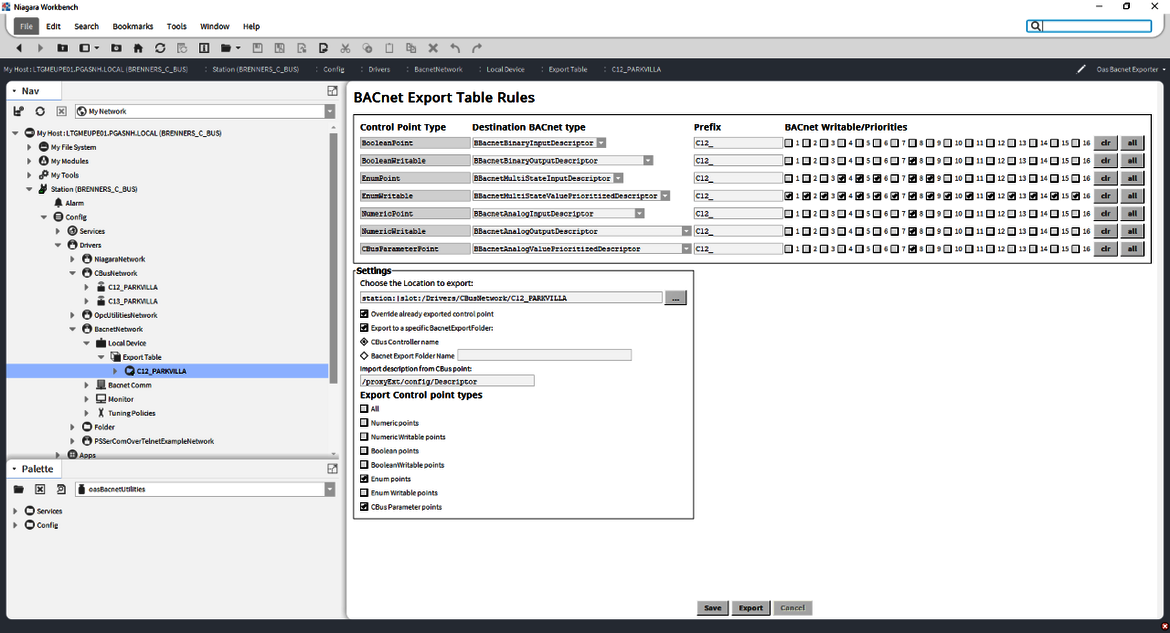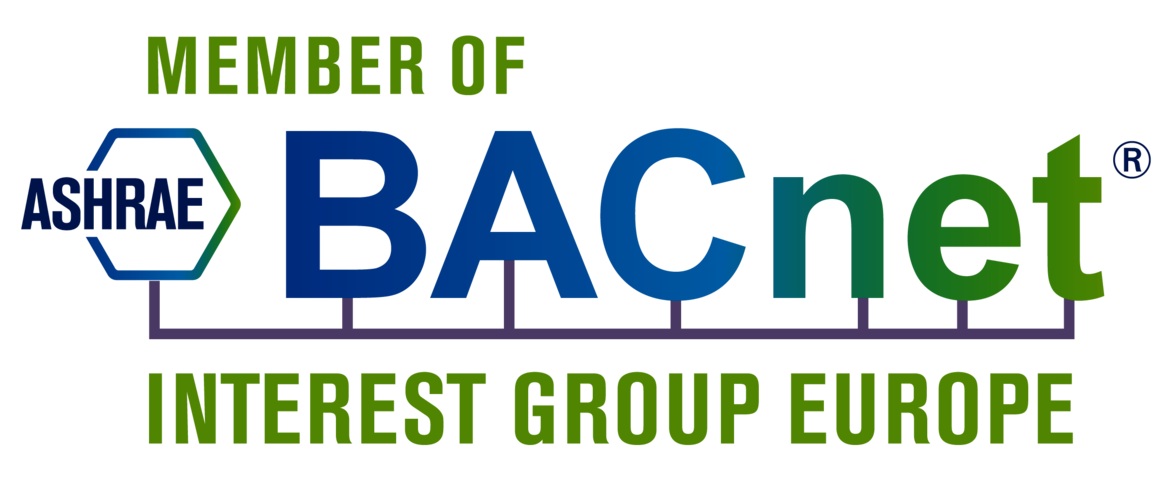OAS BACnet Utilities
the digitization of building technology
With the "OAS BACnet Utilities", OAS has developed an efficient way to migrate existing systems in which Honeywell controllers with C-Bus communication are installed. Whereas it was previously necessary to replace all existing automation components in order to upgrade the BMS, the "OAS BACnet Utilities" now enable migration via BACnet. This means that the C-BUS systems can continue to be used. Based on the Niagara Framework®, OAS offers flexible solutions for the progressive digitalization of building technology in refurbishment projects.
Whereas it was previously necessary to replace all existing automation components in order to upgrade the higher-level control technology, for example, the "OAS BACnet Utilities" now enable migration via BACnet. This means that the C-BUS systems can continue to be used. Based on the Niagara Framework®, OAS offers flexible solutions for the progressive digitalization of building technology in refurbishment projects.
If the existing facility technology is refurbished, this is often accompanied by new requirements for the building automation. The operators are then faced with the decision of either modernizing the entire automation along with the facility technology or adapting, expanding and continuing to use the installed automation components. With the "OAS BACnet Utilities", the control technology can be adapted in many cases in such a way that a new, homogeneous communication level is used.
OAS BACnet Utilities; powered by niagara
The "BACnet Utilities" are part of the OAS portfolio of software and hardware products and tools based on the Niagara Framework®. With the support of the OAS partner "ProSystems", a Niagara certified developer, OAS offers individual solutions for modernization and digitalization of existing systems. Become an OAS system integrator and benefit from the OAS know-how and portfolio!
Our Open Automation Solution
To ensure that our customer's long-term investments remain economical and state of the art, one of the services we offer is our OAS BACnet Utilities.
Facilities are often expanded or adapted to a different purpose during their service life, which requires the expansion or adaptation of the installed control systems. And this is done, if possible, with modern solutions, such as BACnet® controllers.
The customer may want additional functionality that was not available at the time the system was installed, such as graphical user interfaces and web access to the system. For economic reasons, it should be possible to adapt such functions without having to completely replace the existing control system.
The more flexibly a building automation manufacturer supports existing installations and existing systems, the better the customer's investment is protected.
Case study: Migration of C-Bus systems to BACnet
The BACnet® standard plays a crucial role in the project. In 15 information focal points as well as various electrical distributors, different generations and systems of automation stations run with the regulations and controllers. In the subnetworks, these components communicate with BACnet®, C-Bus, but also with DALI, KNX, Modbus, OPC-DA and OPC-UA. The existing control technology (BMS) was to be refurbished for IT security reasons and made open, interoperable and future-proof with BACnet® and OPC communication.
The challenges were:
- The new BMS must be open for future interoperable automation solutions and at the same time integrate the existing heterogeneous systems of different manufacturers and interfaces.
- The new Building Management System (BMS) must run in the data center in a virtual server environment and still securely support all necessary interfaces. Thus, the new Building Management System represents an operationally secure portal solution.
- Another goal was WEB-based, unified and intuitive navigation and operation across all buildings and trades.
16 existing C-bus controllers had to be rationally integrated into the new BMS. In order to be able to read and write as many values as possible from the plants on the control technology level, a BACnet®-capable concept was required that also enables interaction with existing and future BACnet® automation devices.
A set of rules had to be defined that would translate the very large number of C-Bus parameters into BACnet® objects. The solution was to extend CentraLine's proven C-Bus interface technology with the BACnet® utilities developed by OAS and ProSystems. Both parts of this Open Automation Solution are each based on the Niagara Framework®. With this solution all values, attributes as well as parameters and data points of the existing C-Bus based automation layer can reliably interact with the visualization software (BMS) as well as the BACnet® based automation layer.
The existing systems were already homogenized on the automation level with the newly developed OAS BACnet® Utilities based on the Niagara Framework®.
More information about this case study can be found in the reference report:
Use case scenarios
A C-bus system is extended with BACnet controllers
A C-bus system is extended with BACnet controllers
Connect both BACnet® and C-Bus systems with the Niagara Framework®. Installing the appropriate drivers in the building control system ensures that the protocols are handled consistently.
A C-bus system receives a modern building control system
A C-bus system receives a modern building control system
Connect the C-bus system to the Niagara Framework®. Installing the oasBACnetUtilities driver ensures that the building control functions, such as trending, alarming, plant graphics, web access, etc., work with the installed C-bus controllers.
A C-bus system becomes web-enabled
A C-bus system becomes web-enabled
Depending on the size, connect the C-Bus system either to the Niagara Framework® (larger systems) or to an OAS SBS JACE 8N4 (small systems). The integrated web server in these devices, in combination with the C-Bus driver, provides web access to all essential functions, such as schedule and point access, trending, alarming, graphs, parameters, etc.
Part of a C-bus system is replaced by modern BACnet controllers
Part of a C-bus system is replaced by modern BACnet controllers
Part of a C-bus system is replaced by modern BACnet® controllers. In doing so, the system must exchange information via the C-bus and BACnet®. Typical examples are heating/cooling demand, setpoints, status information, etc.
Connect both BACnet and C-bus controllers using either the Niagara Framework® or a JACE. Installing the appropriate drivers in the building control system will ensure that data point information can be exchanged between the BACnet® and C-bus systems.





